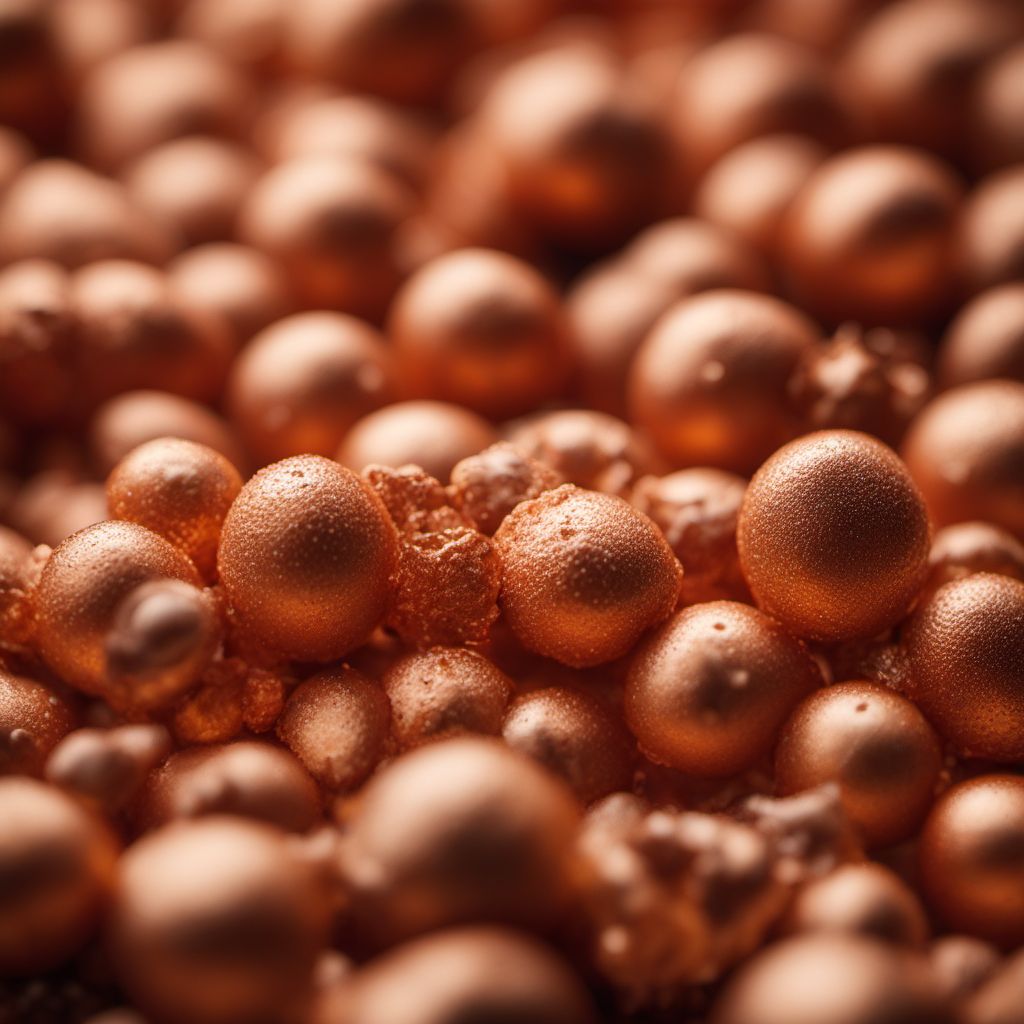
Ingredient
Copper
The Versatile Element: Unleashing the Power of Copper
Copper is a reddish-brown metal known for its excellent heat conductivity and antimicrobial properties. In culinary applications, copper cookware is highly sought after due to its ability to distribute heat evenly and provide precise temperature control. From professional kitchens to home cooking enthusiasts, copper is cherished for its aesthetic appeal and functional benefits.
Origins and history
Copper has been used by humans for thousands of years, dating back to ancient civilizations such as the Egyptians and Romans. It has been utilized for its malleability, durability, and antimicrobial properties. Copper vessels were commonly used for cooking, storing water, and even in traditional medicine practices. Today, copper is still revered in culinary traditions around the world.
Nutritional information
Copper is not consumed as a nutritional ingredient but rather as a trace mineral that is essential for human health. It plays a crucial role in the formation of red blood cells, collagen production, and the functioning of the immune and nervous systems. However, excessive intake of copper can be toxic, so it is important to consume it within recommended limits.
Allergens
Copper is not known to be a common allergen. However, individuals with Wilson's disease, a rare genetic disorder that affects copper metabolism, should avoid excessive copper intake.
How to select
When selecting copper cookware, choose high-quality pieces that are lined with stainless steel or tin to prevent direct contact between the food and copper. Look for well-crafted, heavy-gauge copper cookware that provides even heat distribution and has sturdy handles for easy maneuvering.
Storage recommendations
To maintain the luster and functionality of copper cookware, it is important to store it in a dry place away from moisture and humidity. Avoid stacking copper pans to prevent scratching or damaging the surface. Regularly polish copper to maintain its shine and remove any tarnish that may develop over time.
How to produce
Copper is primarily produced through mining and refining processes. However, it is not feasible for amateurs to produce copper at home due to the complex and hazardous nature of the extraction process.
Preparation tips
When using copper cookware, avoid cooking highly acidic foods for prolonged periods, as this can cause the copper to leach into the food. Instead, use copper cookware for tasks such as sautéing, simmering, or making delicate sauces. Copper bowls are also commonly used for whipping egg whites due to their stability and ability to create a stable foam.
Substitutions
Stainless steel or cast iron cookware can be used as a substitute for copper cookware, although they may not provide the same level of heat conductivity. Additionally, copper can be replaced with other heat-conductive metals like aluminum or clad cookware that combines multiple layers of different metals.
Culinary uses
Copper is widely used in cooking for tasks such as sautéing, frying, and making sauces. It is also used in the production of certain candies, such as caramel or toffee, where precise temperature control is crucial. Copper bowls are commonly used for whipping egg whites or making meringues due to their stability and ability to create a stable foam.
Availability
Copper is available worldwide and can be found in various forms, including cookware, utensils, and decorative items. It is commonly used in culinary traditions of countries such as France, Italy, India, and Mexico.
More ingredients from this category » Browse all

Calcium
The Mighty Mineral: Unleashing the Power of Calcium
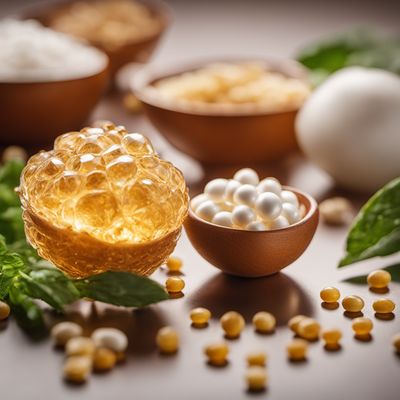
Molybdenum
The Essential Trace Mineral
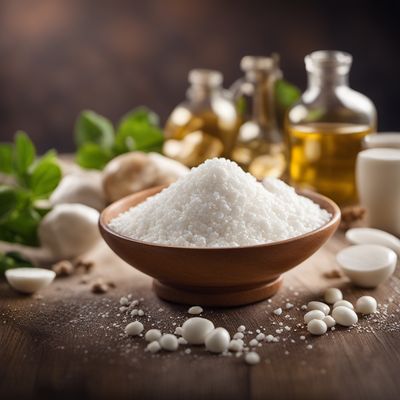
Selenium
"The Mighty Mineral: Unleashing the Power of Selenium"

Chromium
The Mighty Mineral: Unveiling the Power of Chromium
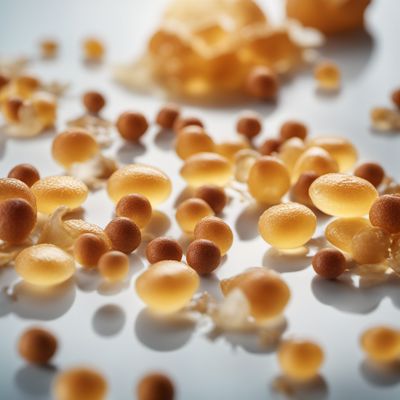
Fluorine
"The Mighty Element: Unleashing the Power of Fluorine"
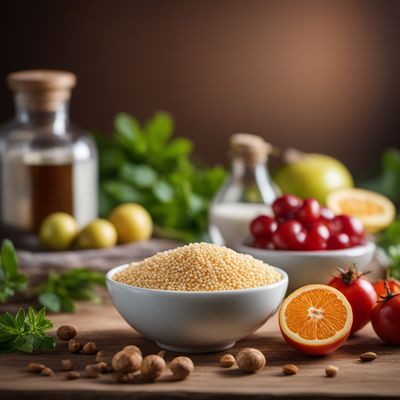
Phosphorus
The Essential Mineral
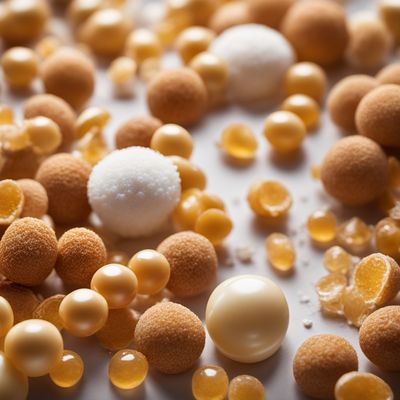
Magnesium
"The Mighty Mineral: Unleashing the Power of Magnesium"

Iodine
"The Essential Element: Unveiling the Power of Iodine"
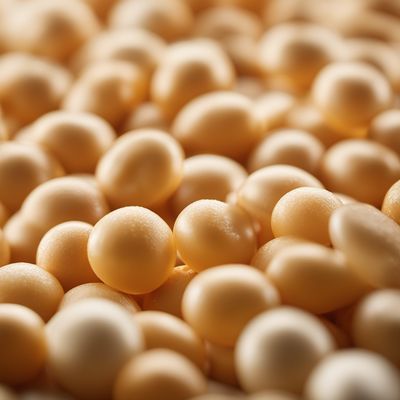
Manganese
The Mighty Mineral: Unveiling the Power of Manganese
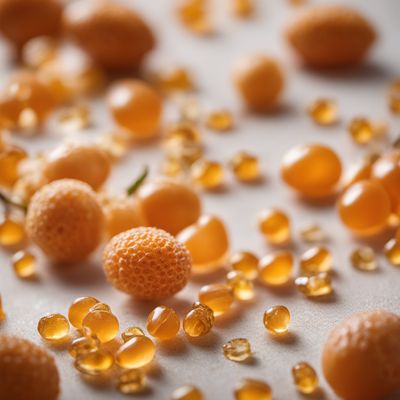
Iron
The Mighty Mineral: Iron

Zinc
The Mighty Mineral: Unleashing the Power of Zinc

Potassium
The Essential Electrolyte: Unleashing the Power of Potassium